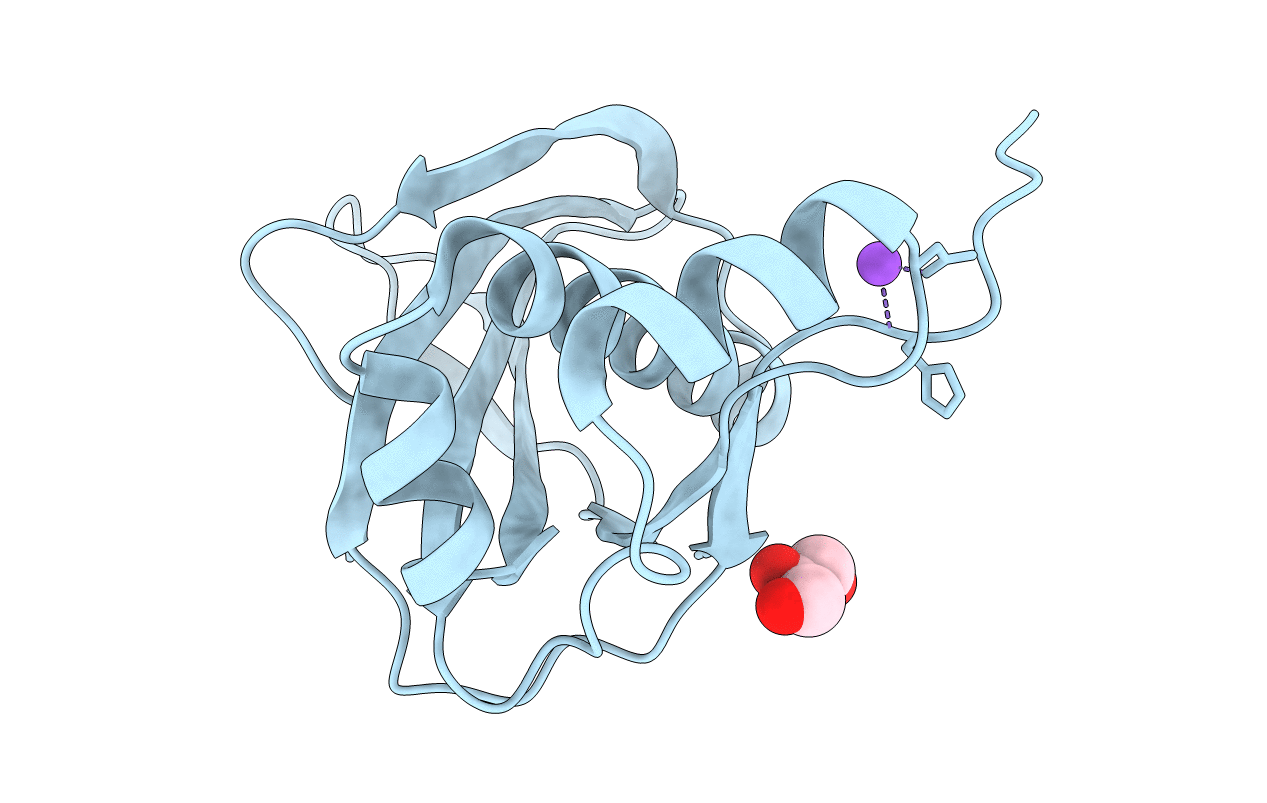
Deposition Date
2020-11-05
Release Date
2021-02-10
Last Version Date
2024-01-31
Method Details:
Experimental Method:
Resolution:
1.20 Å
R-Value Free:
0.15
R-Value Work:
0.13
R-Value Observed:
0.13
Space Group:
H 3 2


